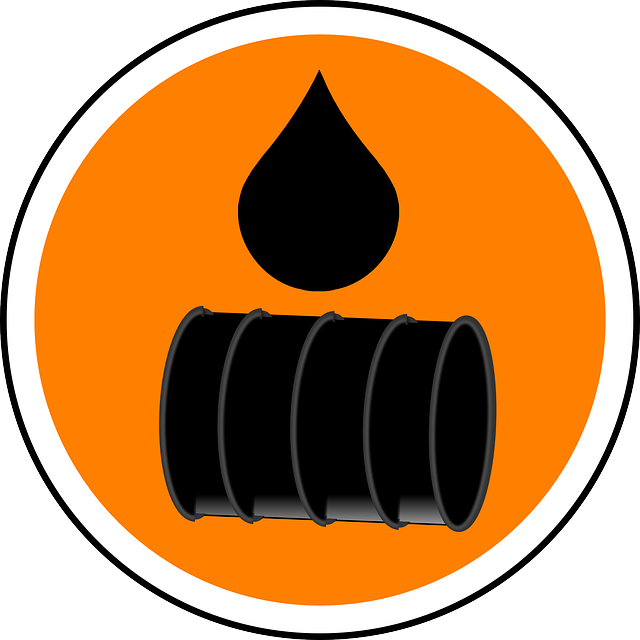How Liquid Garbage Disposal Functions: An In-depth Overview of Strategies and Technologies Utilized

Review of Fluid Waste Types
The complexity of fluid waste kinds requires a complete understanding of their features and ramifications for disposal. Fluid waste can broadly be classified right into several kinds, including industrial, metropolitan, farming, and contaminated materials. Each group exhibits distinctive residential properties, calling for details administration approaches to minimize ecological and wellness dangers.
Industrial fluid waste stems from manufacturing processes and usually contains a series of contaminants, such as heavy steels, solvents, and organic compounds. Local liquid waste, mainly consisting of wastewater from houses and commercial facilities, has raw material, nutrients, and pathogens (industrial wastewater treatment). Agricultural fluid waste, consisting of drainage from farms, may include fertilizers, pesticides, and animal waste, posturing threats to water quality and communities
Dangerous fluid waste is identified by its toxicity, sensitivity, or possible to create injury. Understanding these diverse fluid waste kinds is important for establishing effective disposal techniques and making certain compliance with environmental laws.
Physical Treatment Approaches

Screening is the preliminary action, where larger particles and debris are removed from the fluid waste using displays or grates. In sedimentation storage tanks, heavier fragments clear up at the base, developing a sludge layer, while the clarified fluid can be more treated.
Filtration is another essential approach that includes passing the fluid with porous products, such as sand or membrane layers, to catch smaller sized fragments. This action enhances the high quality of the fluid, making it appropriate for succeeding treatment processes.

Chemical Therapy Strategies
Chemical therapy strategies are important for efficiently managing liquid waste, particularly in dealing with liquified and colloidal pollutants that physical techniques may not sufficiently eliminate. These methods utilize numerous chemical agents to counteract, speed up, or change unsafe substances into less damaging kinds.
One typical approach is coagulation and flocculation, where chemicals such as alum or ferric chloride are added to advertise the aggregation of suspended fragments. This procedure improves sedimentation, enabling simpler elimination of the resulting sludge. Additionally, oxidation procedures, using agents like chlorine or ozone, are utilized to damage down intricate organic substances and pathogens, making the waste safer for discharge or more treatment.
Neutralization is one more important strategy, which adjusts the pH of acidic or alkaline waste streams to neutral degrees, stopping prospective damage to downstream systems and the atmosphere. In addition, advanced oxidation processes (AOPs) make use of combinations of oxidants and ultraviolet light to weaken persistent pollutants, achieving a greater degree of treatment performance.
Biological Treatment Procedures
Biological treatment processes play a critical function in the administration of fluid waste by making use of microorganisms to disintegrate natural matter and minimize pollutant levels. These processes can be extensively classified into cardiovascular and anaerobic therapies, each using details microbial areas to attain efficient waste degradation.
Cardio therapy includes making use of oxygen to promote the break down of organic products by bacteria. This process is typically implemented in turned on sludge systems, where oygenation storage tanks provide a conducive environment for microbial development, causing the oxidation of natural contaminants. The resultant biomass can be separated from treated effluent through sedimentation.
In comparison, anaerobic treatment occurs in the lack of oxygen, counting on various germs to damage down organic industrial wastewater treatment issue. This method is specifically beneficial for high-strength waste, as it creates biogas, a renewable resource resource, while minimizing sludge production. Technologies such as anaerobic digesters are often used in industrial and metropolitan applications.
Both anaerobic and aerobic biological therapies not only reduce the environmental impact of liquid waste but also promote resource healing, making them vital elements of sustainable waste monitoring strategies. Their performance, performance, and flexibility sustain their prevalent application across various industries.
Arising Technologies in Disposal
Ingenious techniques to fluid waste disposal are quickly progressing, driven by developments in technology and an increasing focus on sustainability. Amongst these emerging innovations, membrane layer bioreactors (MBRs) have actually acquired grip for their capability to combine organic treatment with membrane layer filtering, causing high-quality effluent that can be reused in different applications. MBRs make it possible for smaller impacts and more effective operations compared to standard systems.
An additional promising advancement is the usage of anaerobic digestion incorporated with nutrient recovery innovations, which not just deals with fluid waste but likewise produces biogas and recovers important nutrients like nitrogen and phosphorus. This twin advantage enhances source efficiency and minimizes ecological effect.
In addition, advanced oxidation procedures (AOPs) are being adopted for the degradation of complicated natural toxins. These techniques use effective oxidants and stimulants to damage down contaminants at the molecular level, using an extremely efficient option for challenging waste streams.
Additionally, the assimilation of fabricated intelligence and artificial intelligence in waste administration systems is enhancing operational efficiency and anticipating maintenance, resulting in reduced prices and boosted environmental compliance. These technologies mirror a considerable change towards even more reliable and lasting liquid garbage disposal practices.
Verdict
In verdict, efficient liquid garbage disposal necessitates a comprehensive understanding of numerous techniques and technologies. The combination of physical, chemical, and biological therapy techniques makes certain the effective administration of diverse waste kinds. Additionally, the emergence of ingenious technologies boosts treatment efficiency and advertises sustainability in waste management methods. By constantly progressing these approaches, it comes to be possible to attend to the expanding obstacles connected with fluid waste, ultimately adding to ecological defense and source healing.
Fluid waste disposal is a vital element of environmental monitoring, needing an extensive understanding of various strategies and modern technologies tailored to various waste types. Liquid waste can extensively be categorized into several kinds, including commercial, community, farming, and harmful waste. Agricultural fluid waste, including runoff from farms, might contain plant foods, chemicals, and pet waste, presenting risks to water top quality and ecological communities.
Numerous physical therapy methods play a critical function in taking care of fluid waste successfully - industrial wastewater treatment.In conclusion, efficient fluid waste disposal requires a comprehensive understanding of numerous techniques and modern technologies